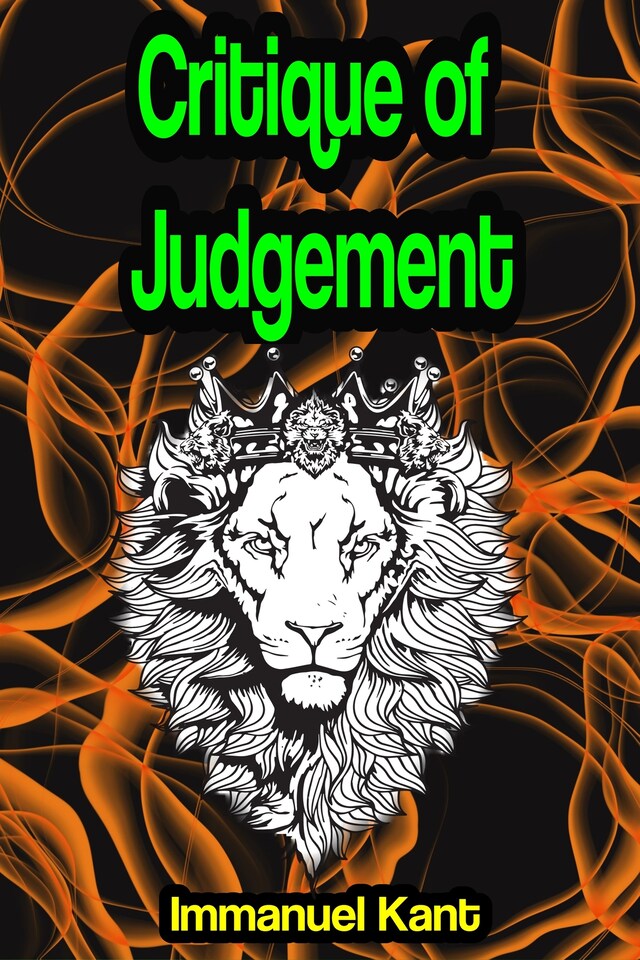
Critique of Judgement or Critique of the Power of Judgment
Description of the book
Critique of Judgement by Immanuel Kant The Critique of Judgment (German: Kritik der Urteilskraft), also translated as the Critique of the Power of Judgment, is a 1790 book by the German philosopher Immanuel Kant. Sometimes referred to as the "third critique," the Critique of Judgment follows the Critique of Pure Reason (1781) and the Critique of Practical Reason (1788).
Immanuel Kant's Critique of Judgment is the third critique in Kant's Critical project begun in the Critique of Pure Reason and the Critique of Practical Reason (the First and Second Critiques, respectively). The book is divided into two main sections: the Critique of Aesthetic Judgment and the Critique of Teleological Judgment, and also includes a large overview of the entirety of Kant's Critical system, arranged in its final form. The so-called First Introduction was not published during Kant's lifetime, for Kant wrote a replacement for publication.
The Critical project, that of exploring the limits and conditions of knowledge, had already produced the Critique of Pure Reason, in which Kant argued for a Transcendental Aesthetic, an approach to the problems of perception in which space and time are argued not to be objects. The First Critique argues that space and time provide ways in which the observing subject's mind organizes and structures the sensory world.
The end result of this inquiry in the First Critique is that there are certain fundamental antinomies in human Reason, most particularly that there is a complete inability to favor on the one hand the argument that all behavior and thought is determined by external causes, and on the other that there is an actual "spontaneous" causal principle at work in human behavior.
 Immanuel Kant
Immanuel Kant 454 Pages
454 Pages